Graham Reid | | 4 min read
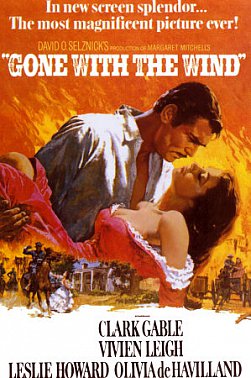
Flick through reviews of the famous 1939 film adaptation of Margaret Mitchell's classic Civil War novel of romance and southern ways, Gone With the Wind, and it's hard to believe the critics were writing about the same thing.
Dilys Powell wrote that Vivien's Leigh's performance as the spoilt, petulant Scarlett O'Hara was "compact of vivacity, coquettishness and rigid egoism, extremely clever and well-trained, and almost entirely without interest."
Val Lewton skewered the epic as "ponderous trash" and Lincoln Kirstein in Films said it was worth our attention because "it is an over-inflated example of the usual, the false movie approach to history."
As recently as 1994 Rod Lurie in LA Magazine wrote: "I'll let you in on a secret, GWTW is a piece of crap," called it "a four hour soap" and dismissed it as "exhausting and phony."
Others however saw it differently.
"One of the truly great films," trumpeted the industry magazine Variety (although it may have had more interest in boxoffice receipts than the quality of the art). And in 1984 Margaret Hinxmann in the NFT Bulletin insisted that its "emotional charge is as strong as ever."
Most critics - then and now - have mixed feelings about the movie many believed unfilmable. But the public turned out to see it in record numbers and the Motion Picture Academy honoured it with 12 Oscar award nominations.
Gone with the Wind is many things: a love story set against the backdrop of the Civil War and reconstruction period, an ambitious epic, a grand canvas populated by petty and petulant egos, and a script with lines which have entered the lexicon of movie history.
But it is not a great film.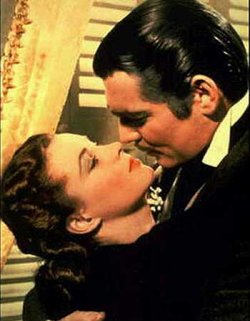
It is a long and entertaining film. It is a popular film. It a great piece of film-making.
But, despite picking up numerous Oscars, a great film it is not.
There have always been persistent accusations about it's sexism, racism, and its nostalgically reactionary yearning for a more simple pre-war era. But to judge it by contemporary perspectives is unreasonable. It was and remains a film of its period.
Gone with the Wind's flaws are rather in it's portentousness, mannered fictions and groaningly long running time.
And while it had popular material to work with, Mitchell's novel has characterisation - to which the film too doggedly remained faithful - written in crayon: surely nobody could be as immature as Scarlett, as insipidly witless as Ashley, or as rakishly handsome as the roguish Rhett?
Mitchell's original novel - which won her a Pulitzer in 1937 - has been translated in 27 langauges, is distributed in 37 countries and has been reprinted in the United States more than 30 times since 1974. It has been read by over 40 million people. When it came to filming it however, the thing had a fraught birth.
MGM exec Irving Thalberg said to company boss Louis B Mayer, "Forget it, Louis. No civil war picture ever made a nickel." The film has been seen by more than 300 million people.
In some odd asides: Mitchell seriously suggested Groucho Marx for the role of Rhett Butler, and her famous line given to Rhett ("my dear I don't give a damn") was slightly changed to "Frankly my dear, I don't give a damn." There were outcries about the profanity.
Mitchell, who died in 1949 after being run down by a taxi, refused to write a sequel saying her story had reached "its natural and proper ending".
The sequel appeared in 1991, authorised by her estate. Scartlett: The Sequel to Margaret Mitchell's Gone With The Wind --as it was clumsily entitled -- was by Alexandra Ripley who had been chosen by the estate and it has been universally reviled by critics. The public snapped it up, but the critics were right. It's rubbish. But Mitchell's estate was simply getting in first.
But few who watch the film today would care to read the original book.
So what is the attraction in watching this flawed, digitally remastered and fully restored masterpiece today, seven decades on?
Simply that it was a film from the golden days of Hollywood when any one of its glamourous stars glittered more brightly than the complete cast of Friends.
It comes from a time before Method acting had Brando tearing his T-shirt and Dustin Hoffman stinking up the screen as Ratso Rizzo.
Gone with the Wind is film as escapism - and four hours is a long time to escape. It is about artifice and heightened emotions, and Clark Gable's astonishingly mobile eyebrows.
There is something vibrant about its artificially vivid and often garish colour, it features the radiant Olivia de Havilland as the noble if stupidly vacuous Melanie, and it comes from a time when you were supposed to see the acting.
There are also marvellous costumes and wonderful set pieces. The burning of Atlanta is still thrilling on the big screen, the grim carnage of the Civil War which is occasionally allowed to intrude into the foreground is a necessary injection of realism, and there is Max Steiner's swelling score. 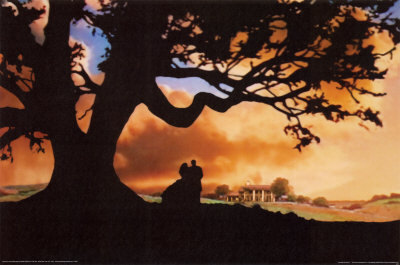
And then there are those repeated images - akin to a Technicolor re-working of a David Caspar Friedrich painting - where Scarlett stands in silhouette under the twisted tree looking at her homestead Tara.
Oh, and all that "fiddle-di-dee" and suuthin' drawl stuff.
Of course it is politically incorrect (drunken marital rape is a hard one to pull off at the best of times), kitschy, and not a little camp.
It won Oscars for best picture, best director for Victor Fleming, and best actress to Leigh among many others - although Gable must have felt severely miffed he didn't pick one up.
Perhaps the most insightful comment about it came from Franz Hoellering in Nation: "A major event in the history of the industry but only a minor achievement in the motion picture art. One admires an excellent cast and a hundred technical details, but one's heart seldom beats faster. While one awaits to be carried away, critical thoughts have time to develop."
In four hours, your critical attention may be tested.

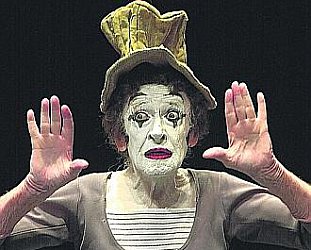
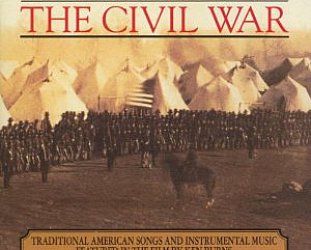

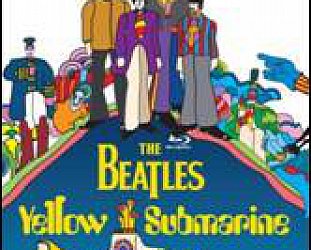

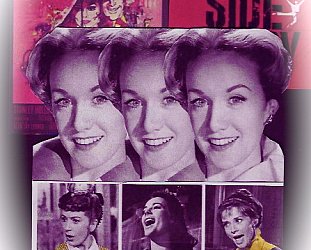
Meli - Jun 27, 2009
For all you Margaret Mitchell and GWTW fans:
SaveThe Margaret Mitchell House-birthplace of the Pulitzer-Prize winning novel- in Midtown Atlanta is having a FREE July 4 Weekend from noon to 5 PM on July 4 and 5, 2009! It sounds fun for the whole family- there will be free admission, new exhibitions, games, crafts, and more. Check out: MargaretMitchellHouse.com to find out all of the details!
post a comment